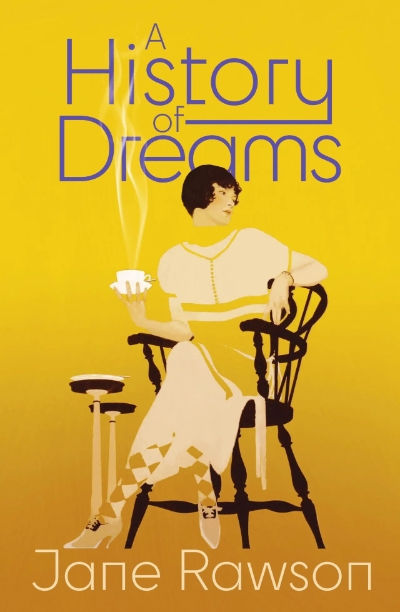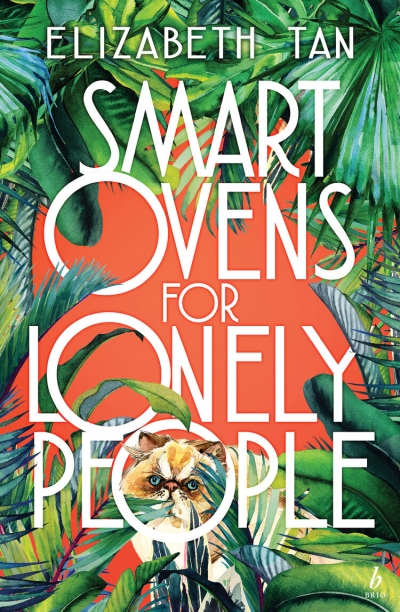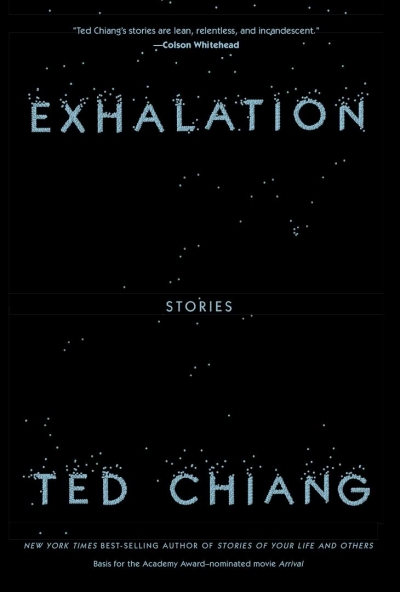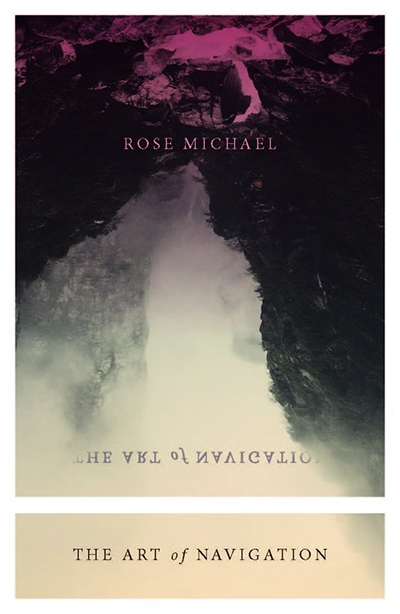Lisa Bennett

Lisa Bennett is a Senior Lecturer in English and Creative Writing at Flinders University.
Though its origins are unknown, the earliest sense of the word ‘quirk’ was as a subtle verbal twist or a quibble. Over time, its definition has become more nuanced: a quirk now also refers to a person’s peculiar or idiosyncratic traits, chance occurrences, and sudden, surprise curves appearing on paths or in facial expressions. Quirks can also be accidents, vagaries, witty turns of phrase.
... (read more)
In their earliest incarnations, fairy tales are gruesome stories riddled with murder, cannibalism, and mutilation. Written in early seventeenth-century Italy, Giambattista Basile’s Cinderella snaps her stepmother’s neck with the lid of a trunk. This motif reappears in the nineteenth-century German ‘The Juniper Tree’, but this time the stepmother wields the trunk lid, decapitating her husba ... (read more)
Mainstream science fiction is a genre that thrives on quantity as much as quality. Such narratives pose the deepest questions; as Douglas Adams once famously put it, these are stories about Life, the Universe, and Everything. Why publish stand-alone space operas when storylines, character arcs, worlds, and revenues can be elaborated across trilogies? Why stop at one time-travel trilogy when fans a ... (read more)
There is an observation in the titular story of Indonesian writer Intan Paramaditha’s first collection to be published in English, which can be read as the thematic spine of the book: ‘Sometimes it seemed like there was nothing new to talk about. It was the same old story, repeated over and over, all stitched together.’ This notion can be applied quite literally to the first piece in the ... (read more)
Conceptually, The Art of Navigation is as intriguing as it is ambitious. The narrative is part near-future time travel, part historical drama, part nostalgic Australian Gothic – and all slipstream fiction. The novel braids, unbraids, and rebraids three main threads of time and place: suburban Melbourne in 1987; the royal courts of Elizabeth I and Rudolph II in 1587; and the outskirts of a new, n ... (read more)






